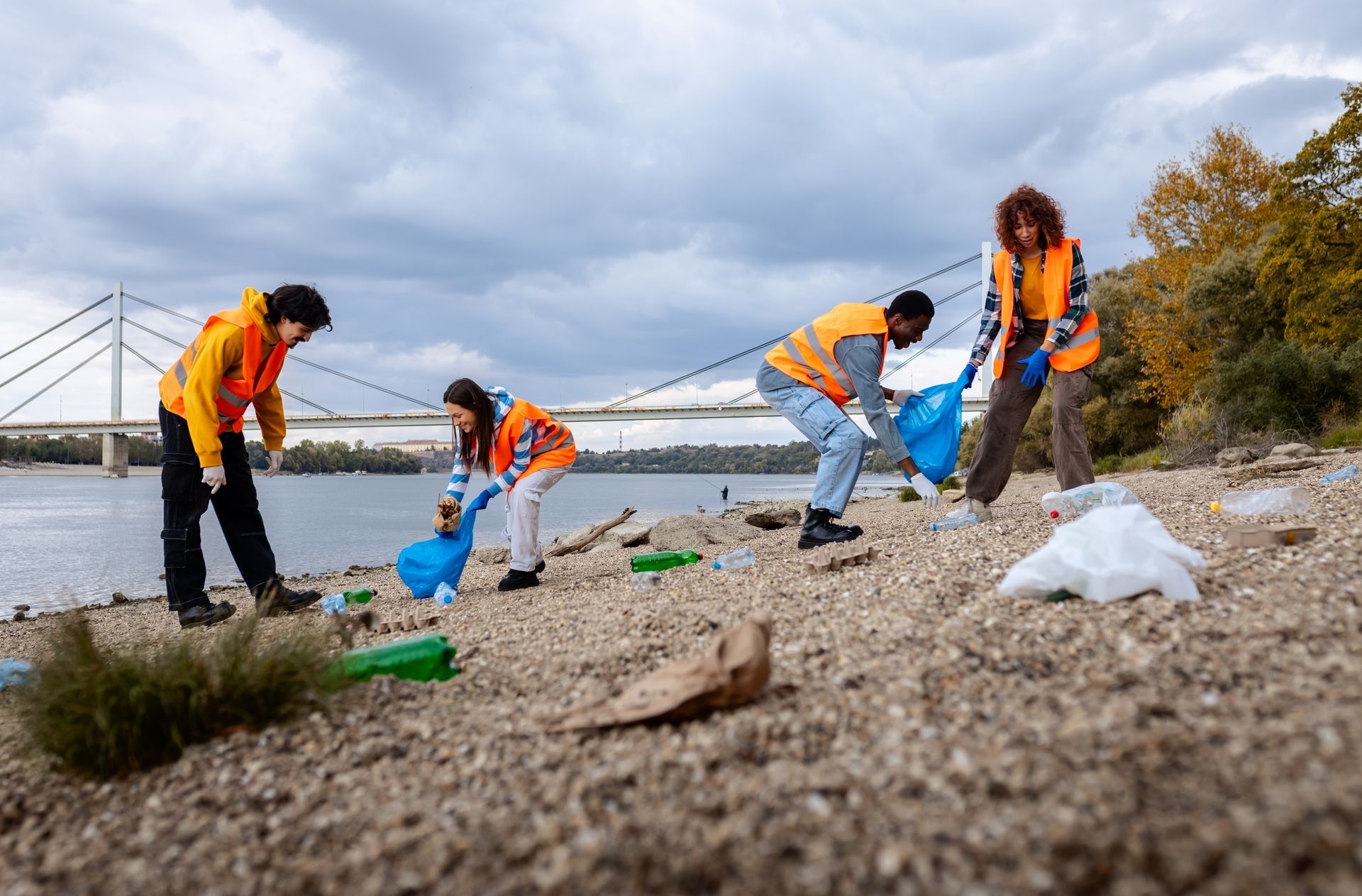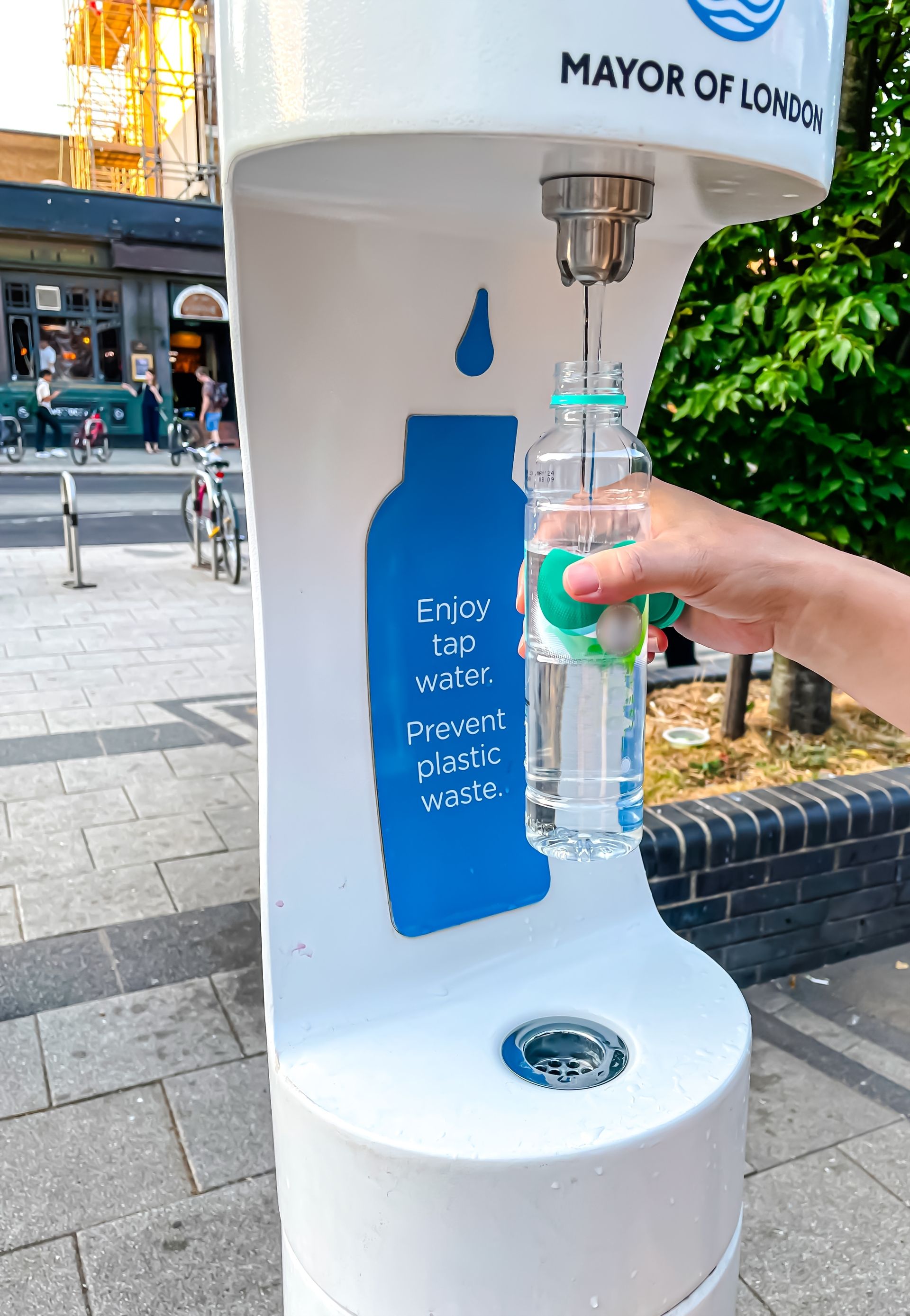It begins with something so small you can’t even see it. A speck, lighter than dust, floating through water that looks perfectly clear. But when sunlight hits it just right, a tiny glint appears. That’s a microplastic, and it’s everywhere. In the sea, in rivers, in the rain, and, astonishingly, inside us.

Scientists estimate that we could each be ingesting thousands of tiny plastic particles every week, hidden in the food we eat, the air we breathe, and the water we drink. But where are they coming from? The answer starts not in the ocean, but in our own homes.
The clothes we wear
Most of the clothes hanging in your wardrobe are made partly or entirely from synthetic fibres such as polyester, nylon, or acrylic. Every time they’re washed, these materials shed microscopic threads known as microfibres. A single wash load of synthetic clothing can release hundreds of thousands of them. They swirl down the drain, slip past filters at water treatment plants, and end up in rivers and eventually the ocean.
Marine biologist Dr Imogen Napper once described these fibres as “a kind of invisible confetti” that never goes away. They break down into smaller and smaller pieces but never completely disappear. Instead, they sink into seabeds, drift through ocean currents, or are swallowed by plankton, the very base of the marine food web.
The products we use
It’s not just clothing. Many everyday products, from facial scrubs to toothpaste, once contained microbeads, tiny plastic pellets added to make them feel gritty or smooth. Although the UK banned microbeads in rinse-off cosmetics in 2018, other countries haven’t caught up, and countless older products are still sitting in bathroom cupboards. Even glitter, often made from PET plastic, contributes to this problem when it washes off into drains after a party or festival.
The journey to the sea
All of these tiny plastics travel through drains, sewers, and rivers before reaching the ocean. Once there, they’re impossible to remove. Fish, shellfish, and seabirds mistake them for food, filling their stomachs with plastic instead of nutrition. Scientists have found microplastics in 90 per cent of seabirds and even in Arctic ice.
What’s more, these plastics can absorb pollutants like pesticides or oils, turning them into tiny toxin carriers. When marine animals ingest them, those chemicals can enter the food chain, and that’s how some end up back on our plates.

A teen leading the change
Take 17-year-old Amy Meek from Nottingham, who co-founded Kids Against Plastic with her sister Ella. They’ve helped remove over 100,000 pieces of litter from the environment and campaigned for plastic-free schools. “It can feel like such a huge problem,” Amy says, “but the moment you realise you can make a difference, it’s empowering.” Their story shows what happens when young people refuse to stay silent.
What you can do
You don’t have to live by the sea to protect it. Every small choice helps stop plastic pollution before it starts. Here are three things you can do:
Choose natural fibres: Next time you shop, look for clothes made from organic cotton, bamboo, or hemp. They shed far fewer microfibres when washed.
Use a laundry filter: Simple gadgets like washing bag filters or special balls can catch microfibres before they reach the drain.
Go plastic-free where you can: Swap bottled water for a refillable one, choose bar soaps instead of bottled shower gels, and think twice about glitter or synthetic sponges.

Each action is a ripple that spreads outward. Imagine if everyone made just one small change, the impact would be ocean-sized.
The power of awareness
The fight against microplastics isn’t about guilt; it’s about knowledge. Once you see how connected everything is, from a hoodie in your laundry basket to a turtle in the Pacific, you can’t unsee it. Being a Water Keeper means noticing those connections, asking questions, and using your voice to protect the world’s most vital resource.
The ocean’s hidden plastic problem might be vast, but so is our power to change it.
Who are the Water Keepers?
The Water Keepers are a new generation of young people who believe that water connects everything, people, wildlife, and the planet itself. They’re scientists, storytellers, campaigners, and everyday changemakers who want to build a fairer, cleaner, more sustainable world. Being a Water Keeper isn’t about being perfect. It’s about staying curious, speaking up, and taking real action, from joining local projects to changing habits at home. Every choice makes ripples. Together, we protect every drop.
Protect Every Drop.




